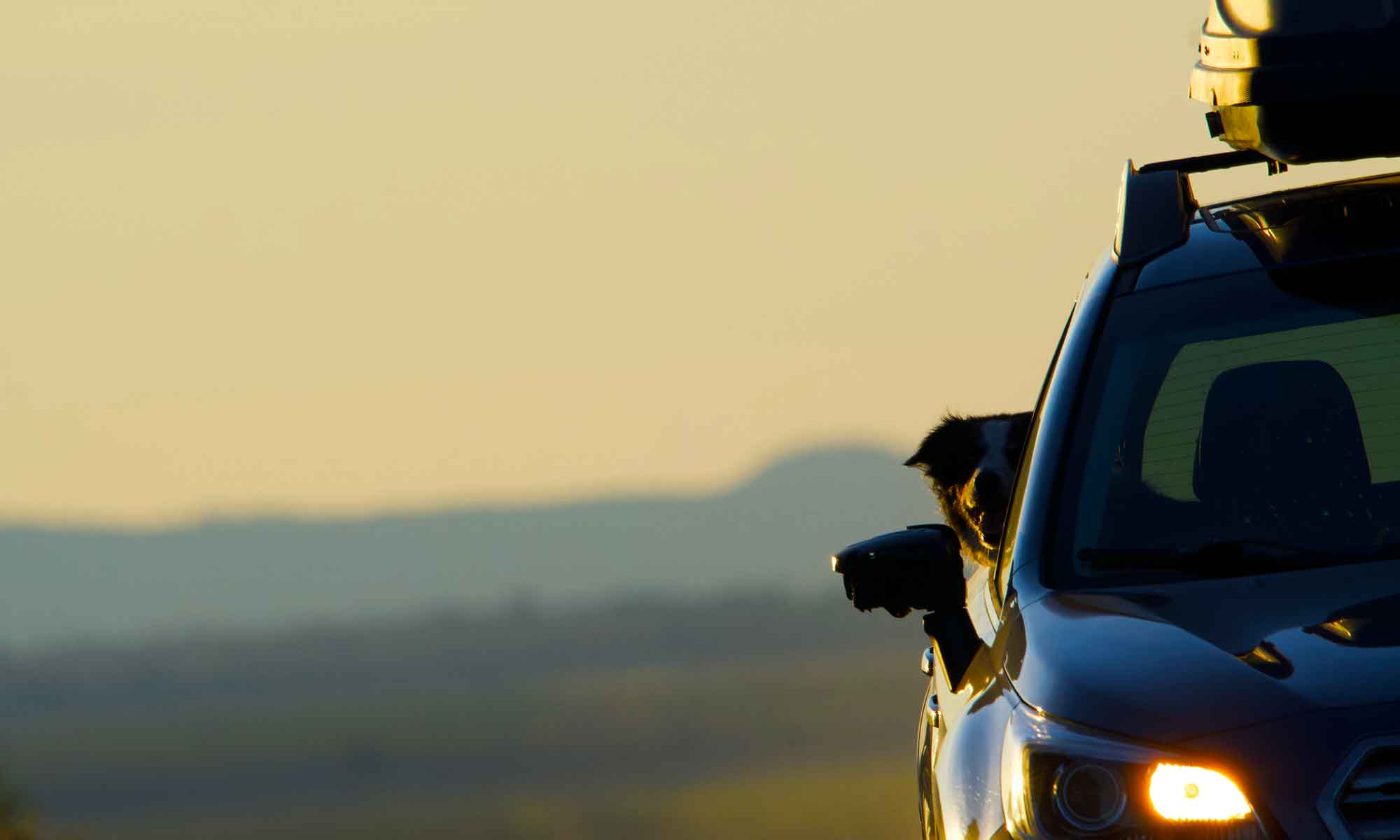

On a recent trip we passed an intriguing landmark.
We frequently use OR 58 and Willamette Pass to get over the mountains. A route that takes us right by an educational covered bridge.
The Lowell Covered Bridge, over Dexter Reservoir, doesn’t carry traffic, but houses an interpretive center.

The building or cover over a bridge was to prolong the life of its rough sawn timber structure. As bridge building moved to weather resistant materials, the covers were left off.

Oregon has fifty-four covered bridges, the most of any state west of the Mississippi. But this is less a testimony to a cover’s protection, and more a matter of sentiment.

Most of these historical landmarks are located on the west side of the Cascades. Lane County having the most.
It would be easy to visit nearly all in a single trip. Maybe next year.
Lowell bridge was orginally built in 1907, replaced in 1945, added to the national register in 1979, closed to traffic in 1981, and refurbished in 2006.

The cover portion of the bridge is where you’ll find the interpretive center with backlit panels explaining covered bridge history, a model of the Lowell Bridge and information on the early settlement in the Willamette River Valley.

This day was a bit rainy, but there is a great picnic spot which we’ll take advantage of on a better day.



























 The bonus, however, is fruit stand shelves with half a dozen peach varieties and easily twice that in plums.
The bonus, however, is fruit stand shelves with half a dozen peach varieties and easily twice that in plums.










